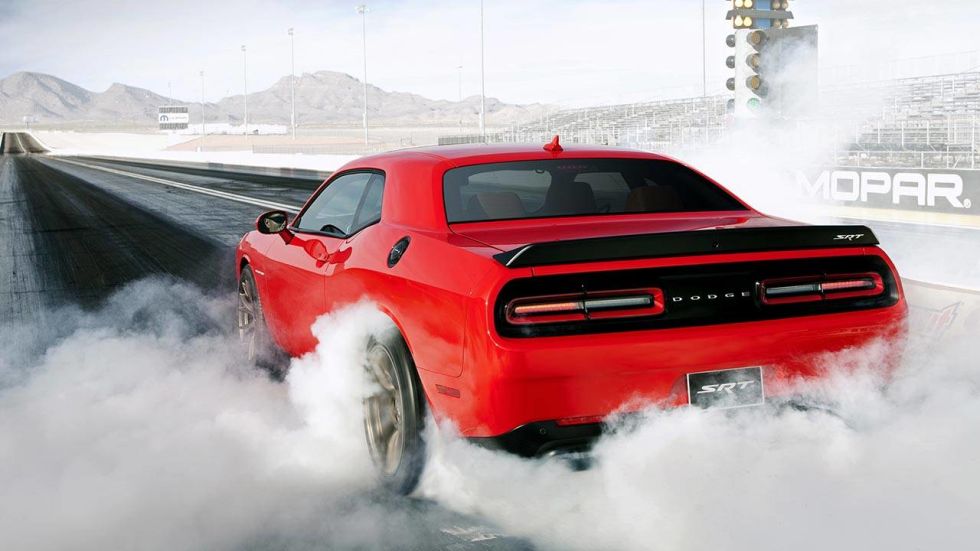Media | Articles
Is Dodge’s Hellcat the Top Cat?
With 707 horsepower, the 2015 Dodge Challenger SRT Hellcat was quickly branded the best muscle car ever. But today, being the best takes more than just muscles.
Determining the greatest pitcher or quarterback in history is easy, because the number of no-hitters pitched or TDs thrown is a simple matter of record. But more than 50 years after Pontiac’s GTO debuted, choosing the best-ever muscle car is more difficult, since it’s not just a matter of sales success. By this measure, the 1964½ to 1966 Mustang, which sold nearly 1.3 million units in 2½ years, must be the all-time winner. Even so, the original Mustang certainly wasn’t the best muscle car ever produced, because like early Camaros and Firebirds, AMXs, ‘Cudas and Challengers that followed, it lacked the bandwidth of today’s models.
Ah, bandwidth. Techies that live in air-conditioned clean rooms with servers know that bandwidth means data-processing capability. But the term can also define overall capability for cars. And generation-by-generation, muscle-car bandwidth has improved. The big-block demons of the 1960s looked great and accelerated like Saturn rockets, yet they were sorely lacking in bandwidth. They had dubious handling, drum brakes, primitive suspension, bias-ply tires, and often, no power steering. In some ways, they were the automotive equivalent of the one-trick pony.
Fast-forward halfway to 2015, and the muscle cars of the late 1980s were better. They were learning how to handle, and horses that had been lost to emissions controls were starting to return. Even so, a late-’80s Buick Grand National GNX only made 276 horsepower. Good for the time, but hardly legendary when you consider the plethora of 500+ horsepower models now available.
For proof of just how awesome today’s muscle cars are, look beyond Detroit’s Woodward Ave. to Germany’s Nürburgring Nordschleife, where manufacturers measure their performance products against the world’s best. Lapping quickly here requires enormous bandwidth, from power to handling to brakes. Among the top 100 cars around the 17.6-mile circuit are the 2016 Shelby GT350R in 31st and the 2014 Chevy Camaro Z/28 in 39th – not far behind such exotica as the Mercedes-Benz SLS AMG. Impressive.
At the launch of the Dodge Challenger SRT Hellcat last year, its 707 advertised horsepower quickly earned it recognition as the best muscle car ever. But is it really? On paper, its power-to-weight ratio of 6.4 lbs. per hp is significantly better than the GT350R’s estimated 7.2 lbs. per hp and the Z/28’s 7.6 lbs. per hp. Using this as a guideline, the Hellcat certainly has a legitimate claim. But approaching the “greatest ever” question from the standpoint of bandwidth, I feel you have to include a car’s aggregate performance. And until the hefty 4488-pound Hellcat goes to the Nürburgring to sharpen its claws, my vote goes to the vastly lighter new Shelby GT350R.


